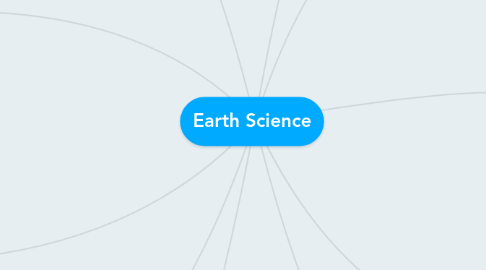Earth Science
por Potato Powah


1. Plate Tectonics
1.1. Continental Drift
1.2. Evidence from the Seafloor
1.3. Plate Tectonics
1.4. Plate Boundaries
2. Volcanoes
2.1. Magma Viscosity
2.2. Magma Sources and Composition
2.3. Products of Volcanic Eruptions
2.4. Volcanoes and Volcanic Landforms
3. Rocks and Minerals
3.1. Elements and Atoms
3.2. Minerals
3.3. Types of Rocks
3.4. Rock Cycle and Mineral Resources
4. Weathering and Soils
4.1. Weathering
4.1.1. Physical Weathering
4.1.2. Chemical Weathering
4.1.3. Biological Weathering and Decay
4.1.4. Weathering Rates
5. Atmosphere
5.1. Structure and Processes
5.2. Solar Radiation
5.3. Role of Water
5.4. Air Pressure, Condensation, and Precipitation
5.5. Clouds and Frontal Systems
5.6. Winds
6. Earth in Space
6.1. Old and New Ideas
6.2. Origin of the Universe
6.3. Stars and Planets
6.4. Earth, Sun, and Seasons
6.5. Unique Composition of Earth Core, Mantle, and Crust
7. Earthquakes
7.1. Fault, Earthquakes, and Plate Tectonics
7.2. Seismic Waves and Earthquake Detection
7.3. Measurement of Earthquakes
7.4. Earthquakes Hazards
8. Geologic Time
8.1. History of Relative Time
8.2. Geologic Time
8.3. Numerical Time
9. Landslides and Slope Failure
9.1. Mass Wasting
9.2. Factors Influencing Slope Failure
9.3. Slope Failure Process
10. Weather Systems
10.1. Science of Weather
10.2. Air Masses
10.3. Midlatitude Cyclones and Frontal Systems
10.4. Severe Weather
10.4.1. Thunderstorms
10.4.2. Tornadoes
10.4.3. Hurricanes
